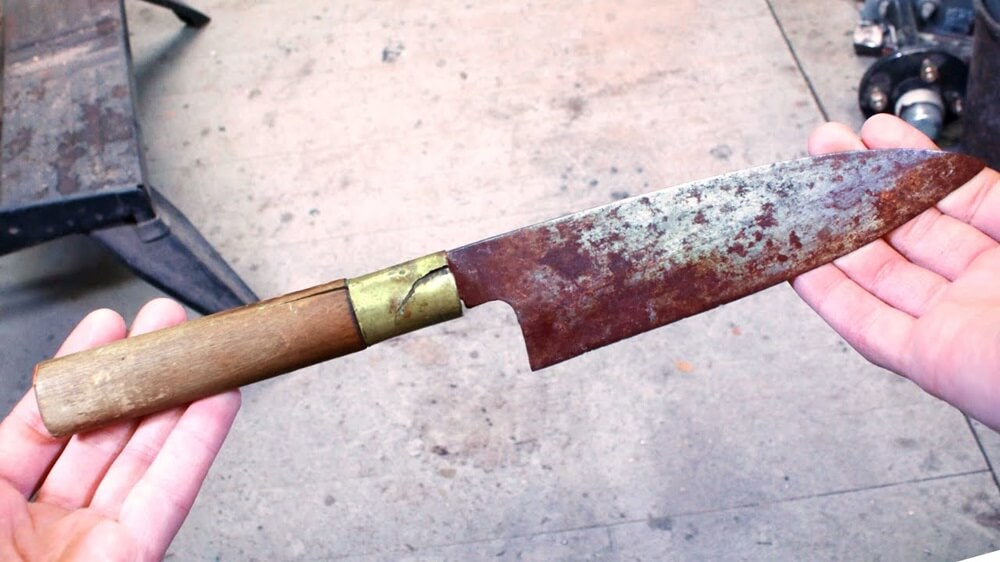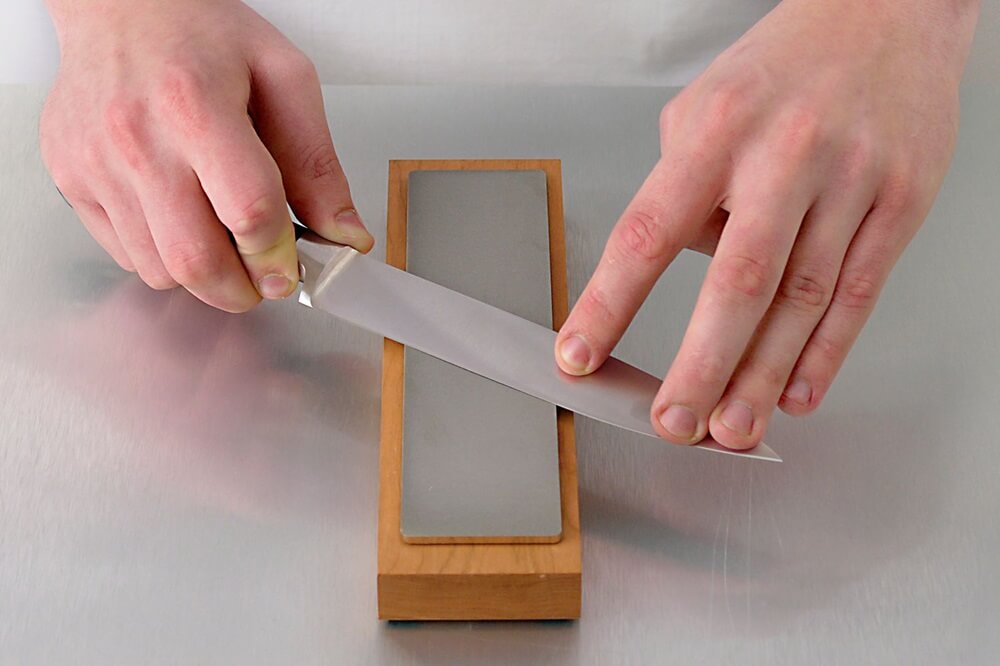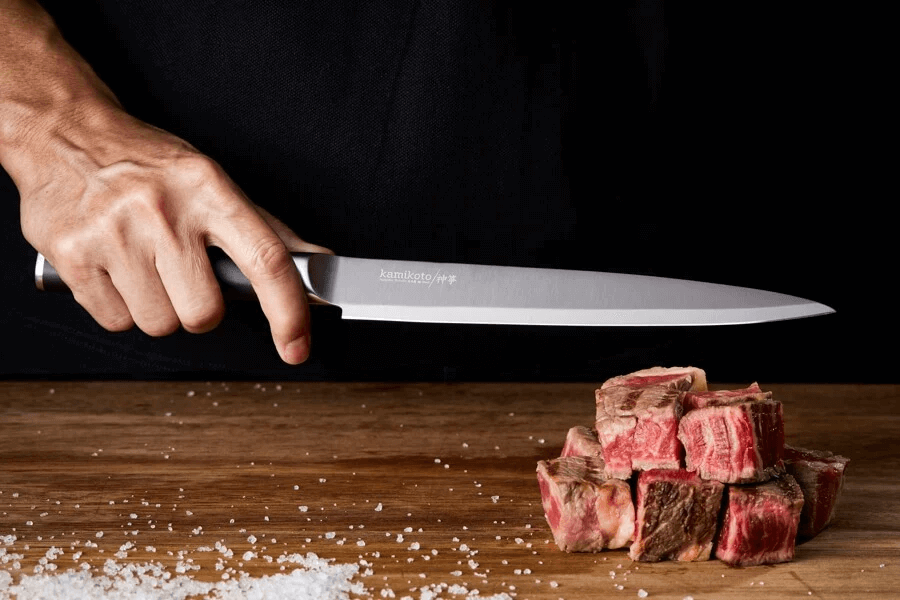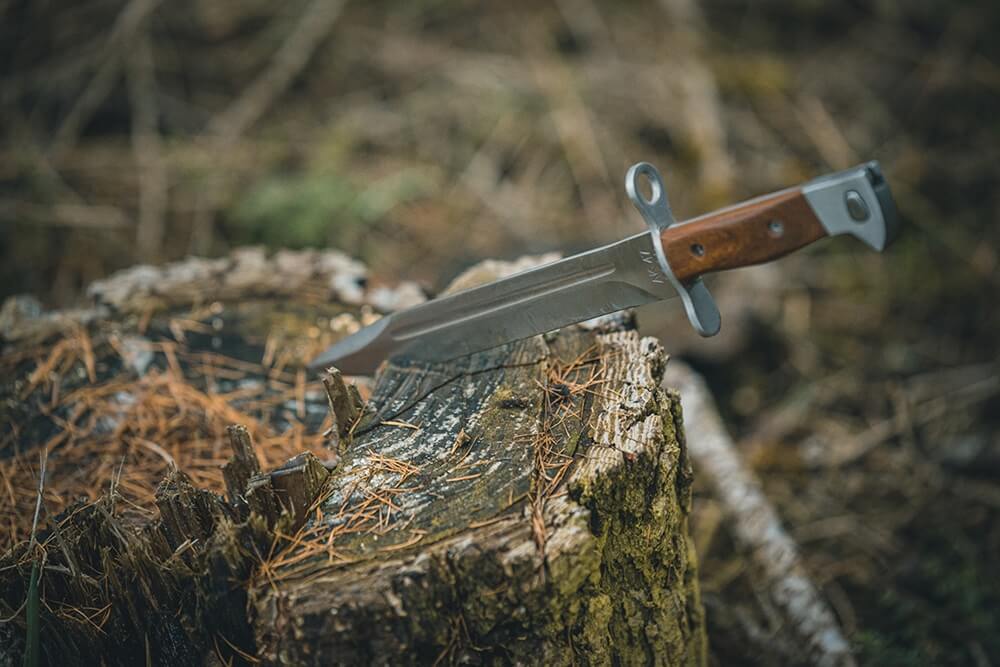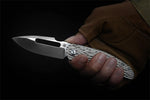
Flipping Frenzy - 7 Hottest Techniques and Tricks for Mastering the Flip Knife
, by Jenifer den, 6 min reading time

, by Jenifer den, 6 min reading time
Mastering the flip knife is both an art and a skill, captivating many with its blend of precision and flair. This guide is your first step into a world where every knife flick, twist, and turn is a blend of mastery and control.
Whether you're a beginner aiming to learn the basics or an enthusiast seeking to refine your technique, you'll find valuable insights and tricks in this blog. Embrace the challenge, and let's embark on an exciting journey to unlock the secret tricks and techniques of the flip knife!
A flipper knife is a folding knife with a protruding tab or lever, commonly known as a "flipper," on the blade. This flipper acts as a finger guard when the knife is open and serves as an easy-to-use opening mechanism when the knife is closed.
To open a flipper knife, you typically apply pressure to the flipper with your index finger or thumb. This pressure creates leverage, causing the blade to pivot and lock into place. Many flipper knives have a ball-bearing system or other smooth mechanisms to ensure a quick and effortless opening.
The design of flipper knives focuses on safe, one-handed operation, making them popular for everyday carry (EDC). When the blade is closed, the flipper is positioned on the spine of the knife handle, making it comfortable and intuitive to use.
Additionally, when the knife is open, the flipper tab often acts as a finger guard, providing extra safety and control during use. Flipper knives come in various styles, blade shapes, and sizes, catering to multiple uses and personal preferences.
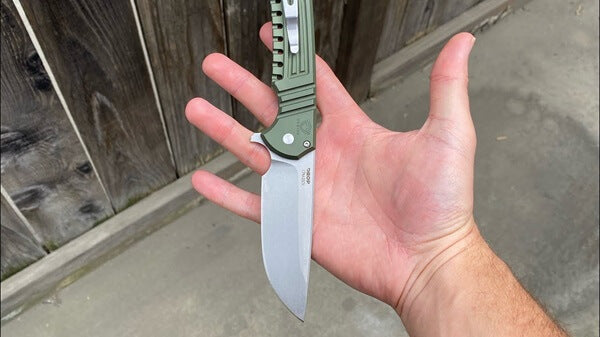
Using a flip knife, such as the Flip Knife Doppler or Flip Knife Gamma Doppler, requires mastery of fundamental techniques for safe and effective handling. For example:
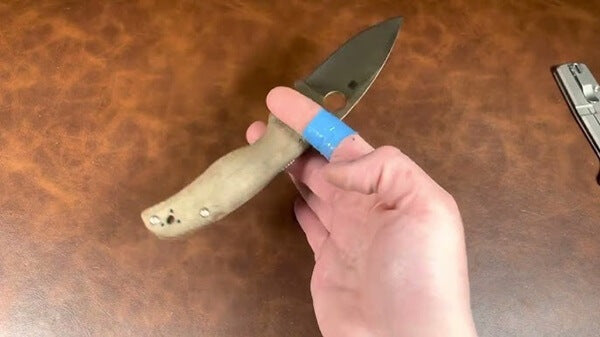
Advanced techniques in using a flip knife involve more intricate and skillful maneuvers that require practice and precision. These methods not only enhance the knife's functionality but also add flair and expertise to its use.
The Aerial Flip is a daring and visually impressive technique. It involves tossing the knife and allowing it to flip before catching it. Precision and timing are crucial.
The user flips the knife open by flicking their wrist, then releases it into the air. The knife completes a full rotation (or more, depending on skill level) before being caught by the handle. This technique is high-risk and requires a lot of practice to master safely.
The Behind-the-Back Flip is a showy, advanced maneuver that involves flipping the knife open or closed behind one's back. The user transfers the knife to a reverse grip, swings their arm behind the back, and uses a combination of wrist motion and finger manipulation to open or close the knife.
This technique requires skill, strong spatial awareness, and knife movement control. It's more about flair and should be practiced with extreme caution.
This technique involves holding the knife in a reverse grip (blade pointing down) and using the thumb to deploy the blade. It requires precise thumb placement and control for smooth operation.
Similar to the forefinger flick in basic techniques but executed with more speed and fluidity. The index finger quickly engages the flipper tab for rapid deployment, often used in tactical situations.
This method combines the thumb flick with a simultaneous wrist motion. The thumb starts the blade's movement while a sharp wrist flick fully extends it. This technique requires coordination and practice for smooth execution.
A more flashy technique where the knife is opened using the momentum generated by a downward arm motion. The flipper tab is lightly pressed as the arm moves downward, allowing gravity and motion to open the blade.
These involve using the other hand to assist in opening or closing the knife, often used for intricate tasks or requiring more control.
Please note that the aerial flip and behind-the-back flip are advanced techniques more about exhibition than practical use. They should be attempted only after mastering basic and intermediate techniques and ideally under the guidance of an experienced practitioner to ensure safety.
Knife flipping is thrilling and visually impressive, but it's crucial always to keep safety as the top priority. Consider the following essential safety measures:
Gaining proficiency in knife flipping is a journey that demands commitment, consistent practice, and a thorough grasp of various techniques. Beginners should begin with foundational skills, steadily advancing to complex maneuvers while always keeping safety at the forefront.
It's important to remember that perfection comes with practice. Continuously refining your abilities and experimenting with novel tricks will broaden your skill set and enhance your expertise in knife flipping.
